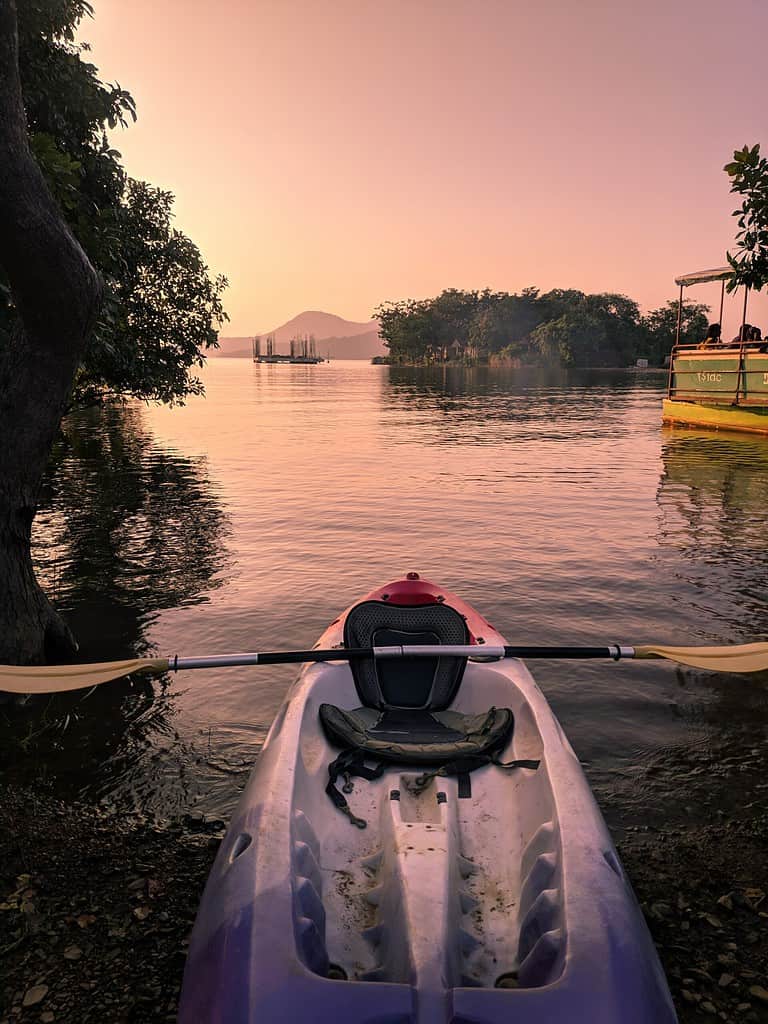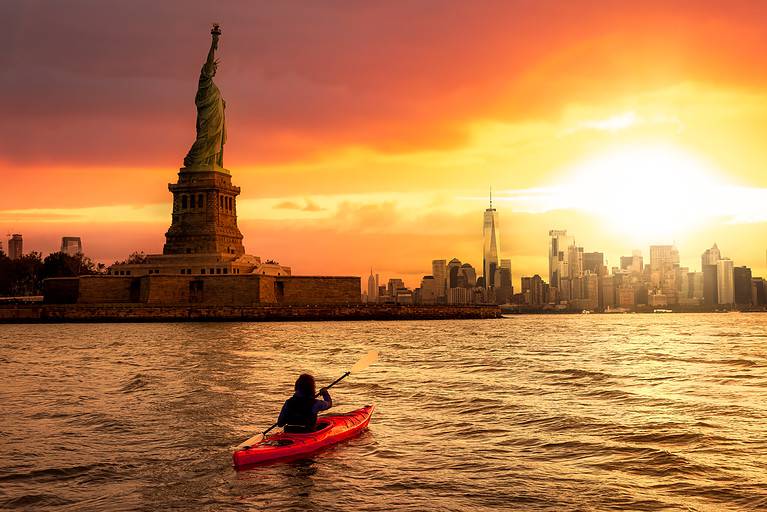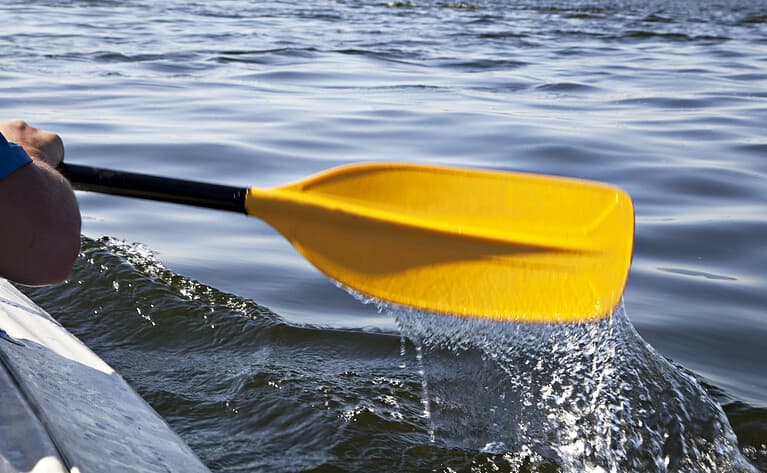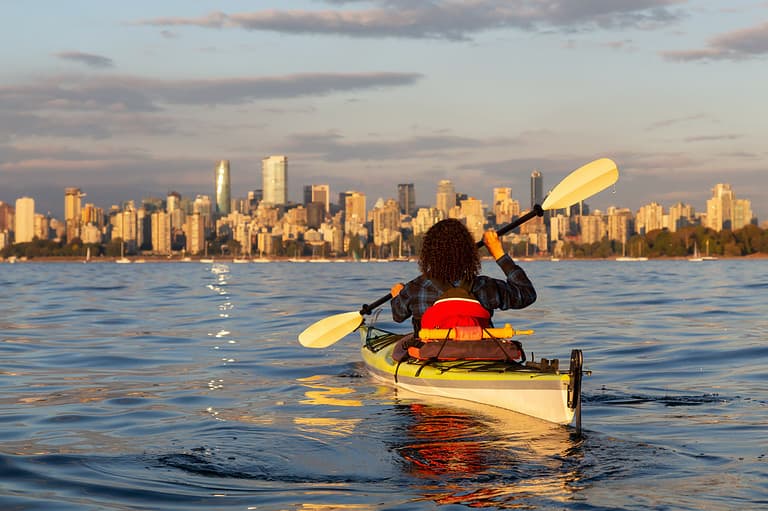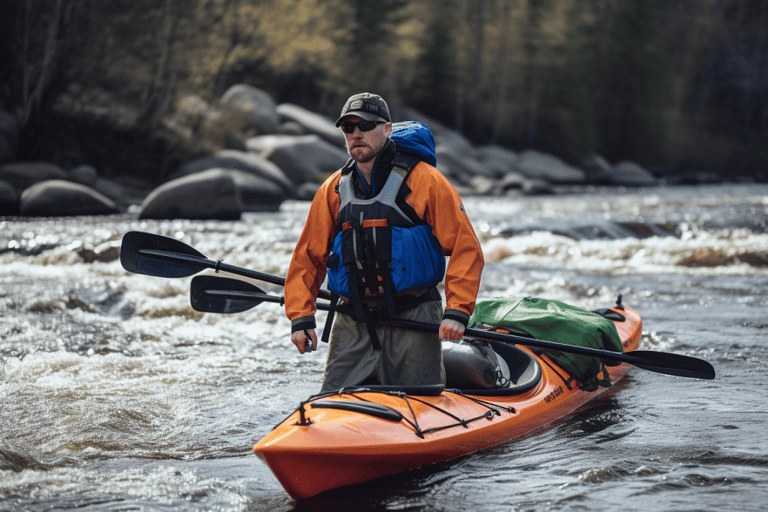Beginner’s Guide To Sea Kayaking
This is a beginner’s guide to Sea kayaking is an exciting and rewarding way to explore the outdoors. It’s a great way to get out on the water, enjoy nature, and challenge yourself. Whether a beginner or an experienced paddler, this guide will help you prepare for your next sea kayaking adventure. I’ll cover safety tips, the basics of sea kayaking, the necessary equipment, and how to prepare for your journey. With the right knowledge and preparation, you can have a safe and enjoyable experience that will leave you wanting more!
Safety Tips
Knowing how to stay safe while out on the water’s essential, so brush up on your safety tips before taking a dip! One of the most important things to remember is capsizing prevention. Make sure you know how to properly enter and exit your kayak and how to brace yourself in case of an unexpected capsize. Additionally, be aware of any adverse weather conditions during your trip and plan accordingly. It’s also essential to wear a life jacket and bring any necessary safety equipment, such as flares or a whistle.
By following these simple steps, you can ensure that your sea kayaking experience is enjoyable and safe. Now that you have the basics for staying safe on the water let’s move on to learning about the basics of sea kayaking.
Basics of Sea Kayaking

As a beginner sea kayaker, I’m excited to learn about the basics of this sport. There are different types of sea kayaking, such as recreational and touring, and each requires its paddling techniques. Additionally, navigation and map reading are essential skills for any sea kayaker to master to stay safe on the water.
Types of sea kayaking
Exploring the open water in a kayak is an exhilarating experience, so let’s look at some of the different types available! One popular type of sea kayaking is exploring tidepools. This involves paddling around shallow waters and discovering the unique marine life that inhabits them. From colorful starfish to curious seals, these creatures will leave you awestruck as you drift through their home. Alternatively, another type of sea kayaking is venturing further into deeper waters and beyond. Here you’ll find larger waves and stronger currents which can provide an exciting challenge for experienced paddlers. Proper preparation and technique can make this environment thrilling and rewarding. No matter what kind of adventure you’re looking for, there are plenty of amazing opportunities to explore when it comes to sea kayaking! As we transition into discussing paddling techniques, remember that safety should always come first on the open water.
Beginner’s Guide To Sea Kayaking Paddling techniques
Gaining the right paddling technique is essential for a successful and enjoyable sea kayaking experience; you can explore the open waters confidently with the proper know-how. Paddling techniques vary depending on local conditions, so it’s important to consider a few key points before heading out: 1) Choosing appropriate routes – plan your route ahead of time and try to stick close to shore or within sheltered bays; 2) Knowing how to read weather forecasts – this will help you anticipate wind speed and direction; 3) Practicing in calm conditions first – hone your skills in safe areas near shore until you’re comfortable enough to tackle rougher waves further away from land; and 4) Familiarizing yourself with local regulations – research rules and restrictions that may apply in your area before setting off. With these tips in mind, you’ll be better prepared to navigate familiar and unknown waters as you transition into the next navigation and map reading section.
Mastering navigation and map reading are key to uncovering the wonders of watersports – you can confidently chart your course and explore new places. Whether you’re a beginner or a seasoned veteran, learning to read maps, use a compass, measure distances and interpret weather forecasts will make the experience much more enjoyable. | Reading maps accurately will allow you to plan routes that are realistic and achievable within the time allotted while using compasses ensures that you remain on track along the journey, even if there are unexpected detours or changes in direction due to weather conditions or other external factors like tides or currents that can affect navigation decisions when out at sea. With this knowledge, transitioning into equipping yourself with the necessary equipment for your kayaking trips becomes second nature!
Necessary Equipment
Making sea kayaking safe and enjoyable requires the right equipment. When beginning this exciting sport, a sturdy kayak that fits your size, a well-crafted paddle, and the necessary safety gear. With these items, you’re now ready to explore the open waters!
Kayak
Feeling the wind in your face and the thrill of gliding through the water – kayaking is an exhilarating experience! To get started, you’ll need to choose a kayak. There are several kayaks, each designed for different weather conditions and activities. For example, sea kayaks are longer with more storage space than whitewater or recreational kayaks. Sea kayaks also have rudder systems that allow for better maneuverability while exploring waterways such as lakes, bays, rivers, and oceans. This makes them ideal for wildlife spotting in remote areas and enjoying a leisurely day on the water. With its versatility and stability, sea kayaking can provide hours of fun for adventurers of all levels. Transitioning smoothly into your next adventure on the open waters – what will you explore?
Paddle
Now that you have your kayak, it’s time to think about the paddle. Paddles are essential for guiding and controlling your kayak as you navigate the waters. When choosing a paddle, it is important to consider factors such as size, weight, and materials used. Many types of paddles are on the market, so research what kind will work best for your trip-planning needs. Additionally, be sure to factor in weather forecasting when selecting a paddle since different conditions may require different gear. Once you have your paddle picked out, it’s time to move on to make sure you have all the necessary safety gear before taking off on your journey.
Safety gear
Having the right safety gear is essential for any kayaking excursion, so curating your collection carefully is crucial. Your safety gear can vary widely depending on the weather conditions and the type of excursion you’re taking. A life jacket, whistle, and dry clothing are all necessary for light paddles in calm water. As things become more intense – say, an overnight camping trip in turbulent waters – you’ll need to add items like a bilge pump or extra flares. Choosing the right clothing for your adventure; what works for a sunny afternoon paddle won’t be suitable when the temperature drops substantially after sunset. So ensure you’ve considered all factors before heading out on your next kayaking voyage! With the proper safety gear selected and packed away, you can now focus on preparing for your adventure with confidence.
Preparing for Your Adventure
Ready to hit the water? Preparing for your adventure is an important first step! Before you set out, check the weather conditions and tidal currents. This will help you plan a safe route and determine what clothing and gear you’ll need. It’s also important to let someone know where you’re going and when you expect to return. That way, if something unexpected happens, they can alert authorities quickly.
Bringing basic supplies like food, water, sunscreen, a first aid kit, and a map or GPS device is also a good idea. Ensure your kayak is in good condition before heading out, too – check for any cracks or damage that could cause problems on the water. Finally, don’t forget to bring along your safety gear, such as life jackets and flares! With these simple steps taken care of, you’ll be ready for an amazing sea kayaking experience!
Frequently Asked Questions
What is the best time of year to go sea kayaking?
I’m often asked what the best time of year is to go sea kayaking. My answer always starts with safety gear: make sure you have all the necessary items – life vest, first aid kit, etc. – to prepare for any weather conditions you may encounter. From there, it depends on what kind of experience you’re after. If you want calm waters and warmer temperatures, then summer is the way to go; if rough seas are more your speed, then autumn can provide some great opportunities for adventure. Either way, sea kayaking can be a wonderfully rewarding experience if done responsibly – so plan and take all necessary precautions before hitting the open water!
How difficult is sea kayaking compared to other forms of paddling?
Sea kayaking is a great way to explore the water, but it can be more challenging than other forms of paddling. Equipment selection and navigation skills are two key factors that play into the difficulty level of sea kayaking. It requires more finesse to maneuver your boat in choppy waters or navigate obstacles, so it’s important to have the right gear and knowledge before getting out on the open water. Even with some extra skill and preparation, sea kayaking can still be an enjoyable experience for anyone looking for a sense of adventure and belonging.
Are there any specific kayaking skills I need to learn?
As a kayaker, there are certain skills you need to learn to be safe and successful. Gear selection is an important part of the process: you must choose a boat that fits you properly so it handles well. Tide awareness is also essential, as tides can affect how fast or slow your progress is on the water. Knowing when and how to adjust your paddling according to tide levels will help give you more control over your journey. Additionally, basic maneuvers such as turning, stopping, and edging should all be practiced until they become second nature. With these skills, you’ll be ready for whatever the sea throws at you!
What are the legal requirements for sea kayaking?
Navigating the murky waters of sea kayaking legal requirements can be intimidating at first, but don’t worry – with just a few clicks you’ll be ready to hit the waves! From safety regulations that must be followed to gear selection that will make or break your experience, I’m here to guide you through all the nooks and crannies of legal requirements. With my help, you’ll feel like an experienced paddler in no time flat – even if it’s your first time out on the open water! So jump in with confidence and let me show you how simple (and fun!) it can be to stay up-to-date on all the latest regulations.
What are the best places to sea kayak?
Sea kayaking is an incredible way to experience nature up close, and there are so many beautiful places to explore. From the rugged coastlines of Alaska to the tropical islands of Hawaii, selecting the best place for your journey depends on your skill level and equipment selection. When choosing a location, make sure you’ve done your research on safety protocols specific to that area – such as areas with strong currents or dangerous wildlife. With the right preparation and attitude, you can embark on an unforgettable adventure!
Conclusion
I’ve come to the end of my beginner’s guide to sea kayaking, and I can confidently say that it has been an incredible journey. From learning about safety tips and necessary equipment to understanding the basics of sea kayaking and preparing for your adventure – I have no doubt that you are now ready to take on the open seas! With a newfound confidence in yourself and your abilities, you can explore new horizons like never before. So go forth with courage and enthusiasm – you won’t regret it!


